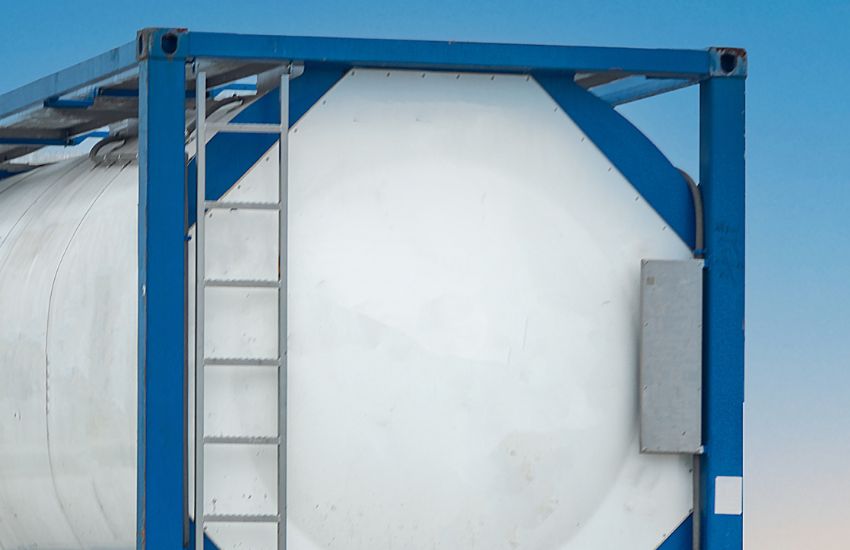Ten Tips For A Sustainable Shift To Tank Containers
According to market players and the International Tank Container Organisation (ITCO), demand for tank containers is strong, with many companies making or considering a sustainable shift to tank containers.
This article is written by Rudi Stalmans and featured in the second 2021 Tank Container Supplement of Tank News International.
If you are new to tank containers, you should definitely read our first post in our tank container blog series – “The Simple Tank Container Guide: Five Things You Need To Know“.
While shifting from drums, flexitanks, and parcel tankers to tank containers may sound easy, I have put together in this second post ten tips you should consider when shifting to tank containers.
Commodity type
Goods classified as hazardous for transport can be shipped in tank containers but not in flexitanks, eliminating the latter option. The product characteristics, together with relevant regulations, will define the tank type that is required.
Shipping quantity
One of the main drivers to switch to another transport mode is volume. Larger volumes could be better for parcel tankers, while small lots could be more suitable for tank containers.
Service providers
Another aspect is the choice of one service provider over another. It is crucial to request quotations and assess the availability and frequency of services. According to ITCO’s 2021 Global Tank Container Fleet Survey, there were over 230 tank container operators known to ITCO, ranging from large global companies to small niche and regional operators. At least 37 companies worldwide provide tank container leasing services.
Availability
Sufficient ships, containers, and other equipment are needed to put in place a cost-effective supply chain. COVID-19 slowed down growth in tank container manufacturing with the global tank container fleet totaling 686,650 units on 1 January 2021. That is a year-on-year growth of 5.26%, compared to the 7.88% growth achieved in the previous year.
Freight
Cost comparisons between transport modes are often performed incorrectly by not considering all supply chain dynamics. This year, tank container freight rates increased due to a shortage of space on container ships and the Suez Canal closure. Port congestions related to the Suez Canal closure have been easing, and carriers are ordering new ships. At the same time, production is going back to more normal levels as the market rebounds from COVID-19 and supporting demand.
Lead times
The delivery speed and transit times can be critical. Which solution offers the best transit and lead times? Tank containers are a reliable way of delivering just-in-time. There is also a trend towards lowering free time provided for tank containers in ports to create efficiencies and deal with the market’s rising demand.
Demurrage
This penalty is often not taken into account during an initial review but can change the profitability of a deal. With tank container costs increasing, demurrage rates, which have been kept low, will ultimately have to go up.
Product losses
Which option will result in more product losses? 1,000 MT shipped in one parcel tanker, or sixty tank containers, for example. Or, what about the risk of leakages or goods damage? Which option will be better, tank containers or flexitanks? Don’t overlook this
Risk
Arranging transport involves risks, so shippers should perform a proper risk assessment and monitor the quality of tank containers, loading, and discharge facilities. The availability of experienced drivers and quality trucks to deliver tank containers is becoming a real challenge globally and can negatively impact safety.
Environment
More shippers focus on the environmental impact of their supply chain. The carbon footprint of flexitanks seems to be pushing cargoes from flexitanks back into more sustainable tank containers. The recent global dry container shortage has accelerated this shift.
Conclusion
Comparing different transport options is not easy. Related supply costs for warehousing and tank storage, for example, can come in addition to shipping costs. You can imagine that there is no point in searching for savings in freight, only to spend high fees once the goods reach a terminal. Make use of my tips to perform a detailed analysis!
Continue to read our third post in our tank container blog series – The Role Of Tank Container Logistics In Supply Chain Resilience.
Photo Credit: Canva

